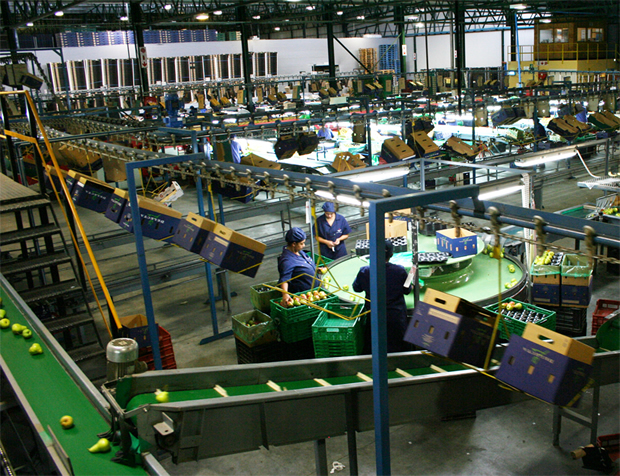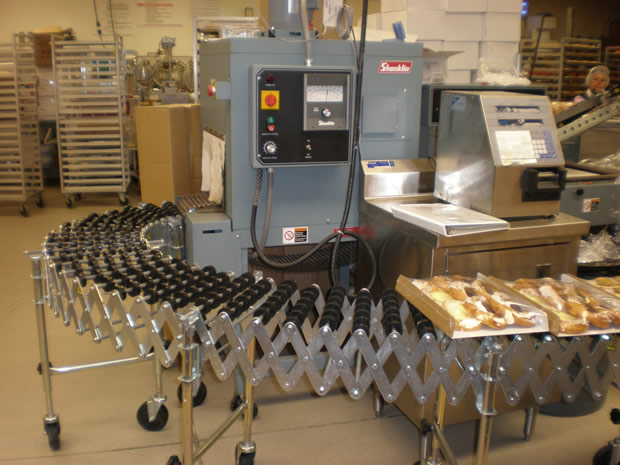The last five years have seen waste targets become a huge focus for the government. Their formal policy, plan and targets, launched in 2010, included targets for packaging waste and recovery – and the target is to meet these by the end of next year.

More specifically, the aim (set by EU Directive targets) is to boost the recycling of recovered waste by 4.6%, a rise to 72.7% – but how can this target be achieved not just by government but by UK industry as a whole?

Industry experts Fast Pak Packaging run through some of the biggest drivers behind a push for sustainable packaging before 2020.
‘Circular Economy’ Approach
Essentially, a ‘circular’ approach to packaging refers far more to reusable and sustainable package as opposed to recycling (which is a little more what government targets are focussed around). However, it still has the same two key results – less of an environmental impact and cost savings for businesses involved.
In a recent post for The Guardian, Philips talked about their strategy to shift from disposable packaging and shipping materials to PVC or EPS transport boxes – which it claims can withstand a number of return cycles and reduce spend on packaging.
They also suggest that, by assessing how consumers use packaging, it can be developed to even do away with the need to use EPS shipping materials for protection; consumer-level packaging designed in the right way can offer all the protection for products that’s needed.
A dual approach here can be scaled up to businesses of any size, and allow both replacement of ‘single use’ shipping products to re-usable EPS/PVC containers and create far more sustainable packaging at a consumer level – all of which reduces waste and production/shipping costs.
5p Plastic Bag Charges
2015 saw a government initiative hit the news, as a ‘tax’ on plastic bags at 5p was rolled out. Following similar roll outs in places such as Wales (which has seen a 71% drop in usage since it was introduced in 2011), the aim was to tackle everything from environmental concerns to managing waste cleaning for discarded plastic bags – the latter had previously cost £10m a year in England to clean up.
Since its introduction in October, there’s been an estimated 80% reduction in usage – although surveys suggest around 533 million bags have been ‘stolen’ as shoppers haven’t paid the 5p charge (often at self-serve checkouts).
International Companies Leading the Way
With the ability to invest far more budget into the development on sustainable packaging, following suit from the successes or larger companies can get perfect for implementing techniques for smaller businesses – with less cost in testing or development.
A number of big firms implemented a number of effective sustainable approaches to packaging last year, including P&G’s launch of local recycling schemes, Gillette’s adoption of renewable-fiber moulded trays and Method’s introduction of a 100% rPET (recycled polyethylene terephtalate) detergent bottle. Other more general trends include an increasing trend across countless companies with the adoption of compostable packaging, such as brown ‘Kraft’ paper.
So how likely is it that these targets will be met? One of the more likely scenarios is that, as consumers use less bagging for their shopping and both businesses and manufacturers opt for a ‘circular’ approach to packaging and distribution, actual collection levels will fall in line with usage.
However, this may make targets more realistic and achievable – but does rely on larger-scale adoption of more sustainable practices. Time (and the government’s report in 2018) will tell!




Comments are closed.